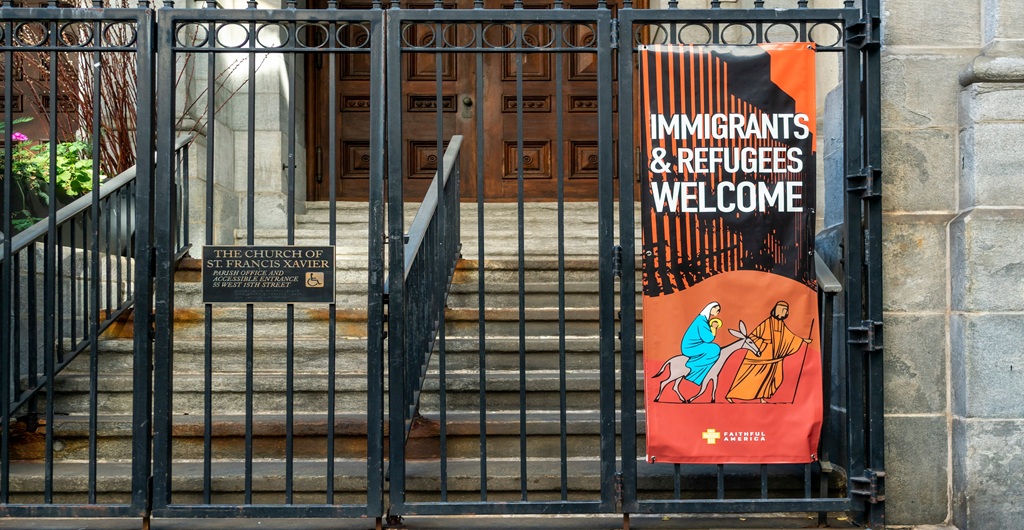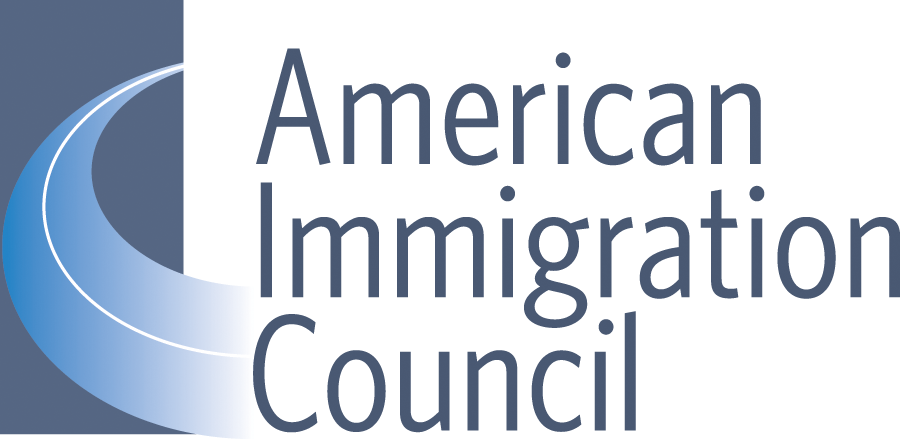For almost 15 years, immigrants in the United States were able to seek medical care, attend school, and access other critical services without much worry of encountering immigration enforcement in these locations. This all changed on the first day of the new Trump administration, when the Department of Homeland Security Secretary revoked a policy that limited federal immigration enforcement in so-called protected areas.
Originally issued in 2011, this long-standing policy was expanded under the Biden administration and included schools, healthcare facilities, places of worship, disaster relief areas, and other sites of essential services. Immigration agents were directed to limit enforcement in and near these protected areas to the greatest possible extent, with limited exceptions.
The Trump administration’s new policy removes limitations on where immigration enforcement actions can take place and instead encourages federal immigration officers to use “a healthy dose of common sense” to execute enforcement actions wherever needed, including courthouses.
By ending the protected areas policy, immigrants and their families now face heightened fears and risks in the very places they are most vulnerable. These changes have been known to have a chilling effect, leading people to avoid accessing medical care, attending school, and participating in worship, among others.
A few weeks after the rescission, some schools have already experienced a decline in student attendance and health care providers that serve immigrants have documented more missed appointments.
Federal Responses to the End of the Protected Areas Policy
Following the rescission, multiple groups filed lawsuits seeking to fully or partially restore the protected areas policy. In early February, a federal judge blocked immigration enforcement actions in certain houses of worship. A separate coalition of 27 religious groups filed a similar lawsuit and is awaiting an initial ruling. Another federal judge, responding to a lawsuit from Denver Public Schools, refused to limit immigration enforcement activities in school settings.
While these lawsuits unfold, several members of Congress have reintroduced a bill, H.R. 1061—the Protecting Sensitive Locations Act—to codify the rescinded policy. Specifically, the bill would limit DHS from conducting immigration enforcement actions within 1,000 feet of most locations in the original policy, as well as new locations like polling sites and labor union facilities.
State and Local Responses to the End of the Protected Areas Policy
In the meantime, many states and local governments are stepping in to equip communities with critical information:
- Attorneys general in Massachusetts, New Mexico, and New York, and other states issued guidance to entities including non-profits, human services organizations, houses of worship, and healthcare facilities on how to respond to requests from federal immigration authorities.
- States including Arizona, California, Illinois, and Maryland and localities including Indianapolis, IN, Worcester, MA, and Albemarle, VA have shared statements reiterating their commitment and policies to protect immigrant students and families.
- Local governments in Los Angeles, Chicago, New Haven, CT, and more have launched new efforts to ensure that residents know their rights in interactions with federal immigration officers.
While there are limitations to what states can do to curb where federal immigration enforcement actions take place, states like New York, Oregon, and Washington already have laws on the books that block certain civil immigration arrests in specific locations.
This year, legislatures in at least seven states are considering similar bills to better protect and limit federal immigration enforcement in certain areas, including:
- In Maryland, the Protecting Sensitive Locations Act requires the state attorney general to issue new guidance on limiting federal immigration enforcement actions in public schools, libraries, and courthouses. These entities will then be required to adopt policies that align with the new guidance.
- In Rhode Island, the Protected Spaces Act instructs schools, places of worship, health facilities and public libraries to not grant federal immigration officials access to their premises for enforcement actions without a judicial warrant.
- A bill in California requires all school districts, county offices of education, and charter schools to immediately inform students, parents, staff, and other community members of the presence of immigration officers on school premises.
Amid confusion and revoked safeguards in protected areas, states and localities have a critical role to play in ensuring that communities stay well-informed of this changing immigration enforcement landscape.
FILED UNDER: Immigration and Customs Enforcement


